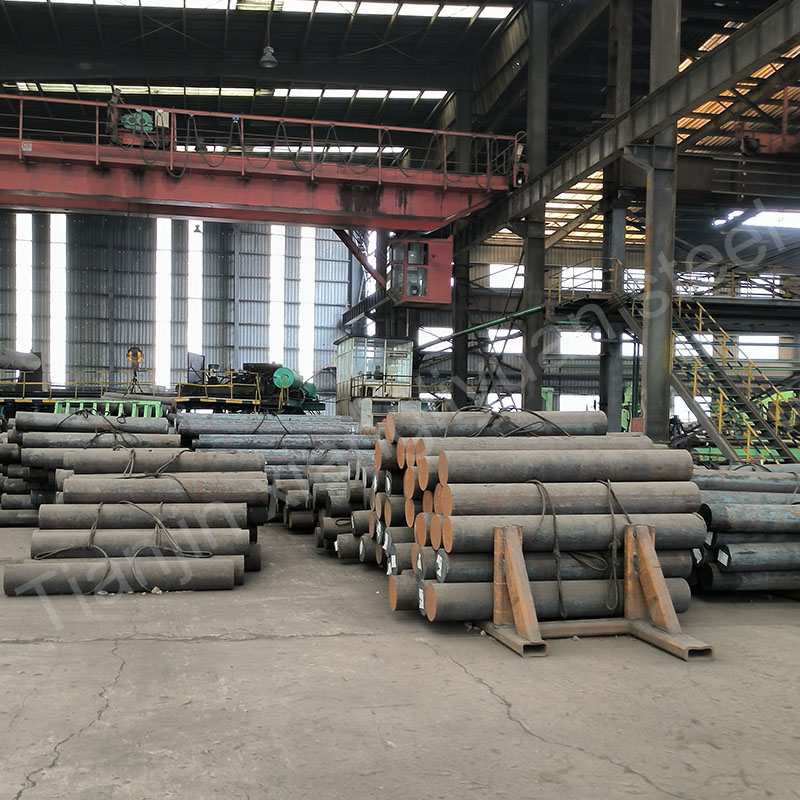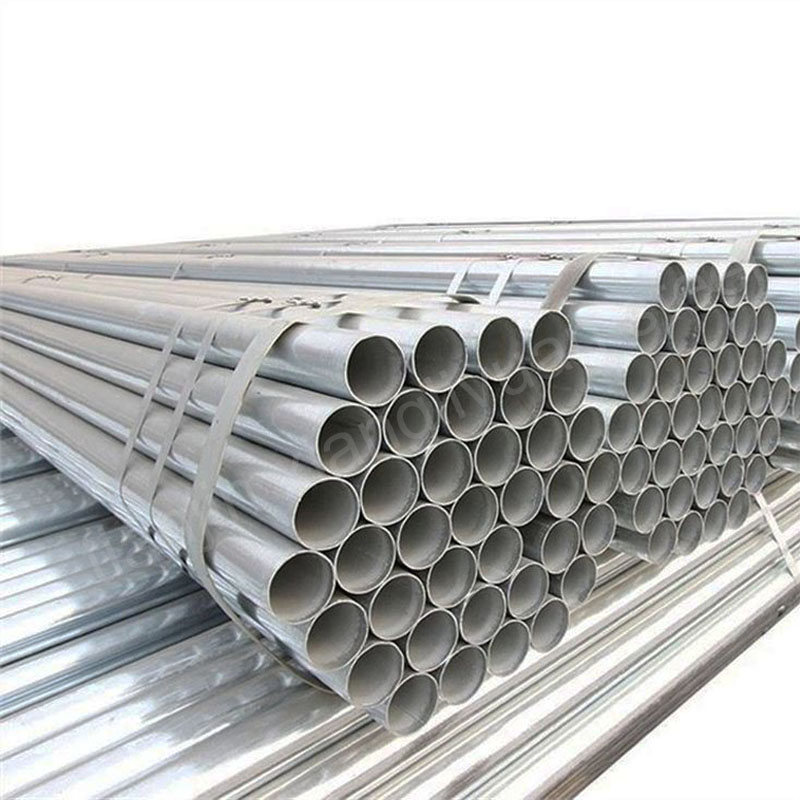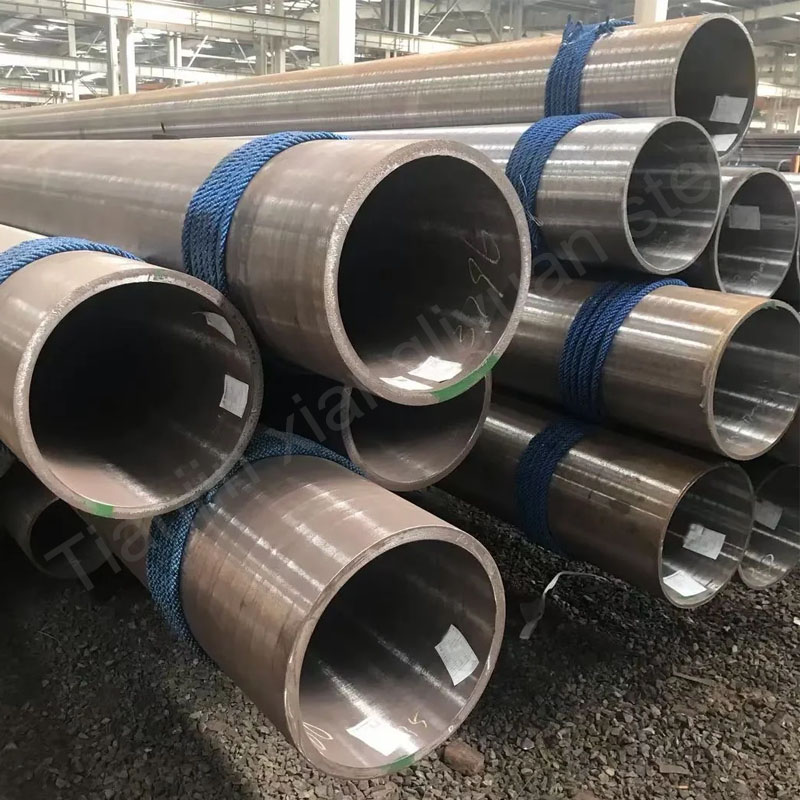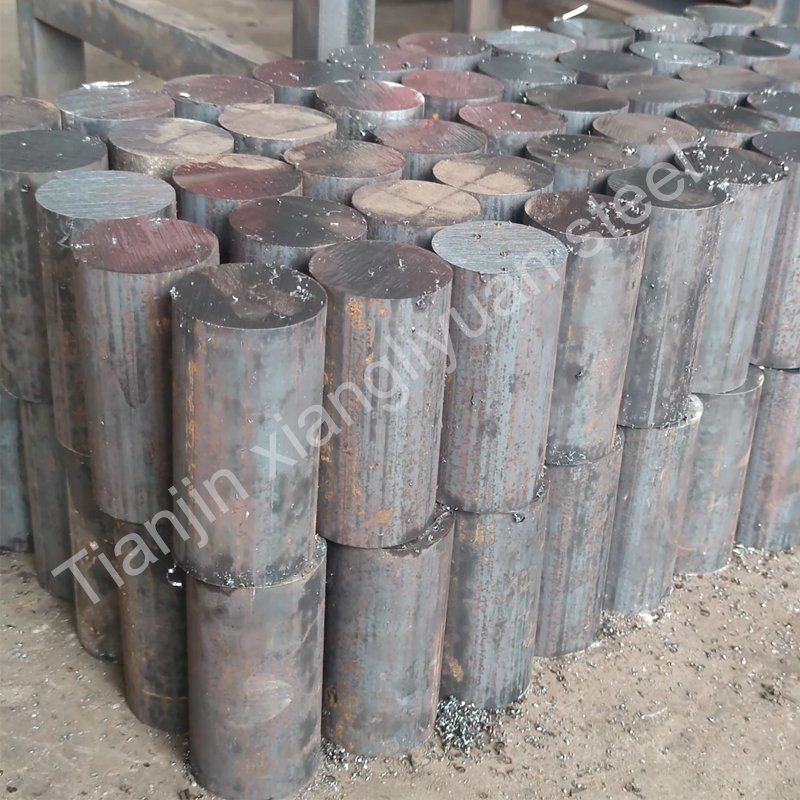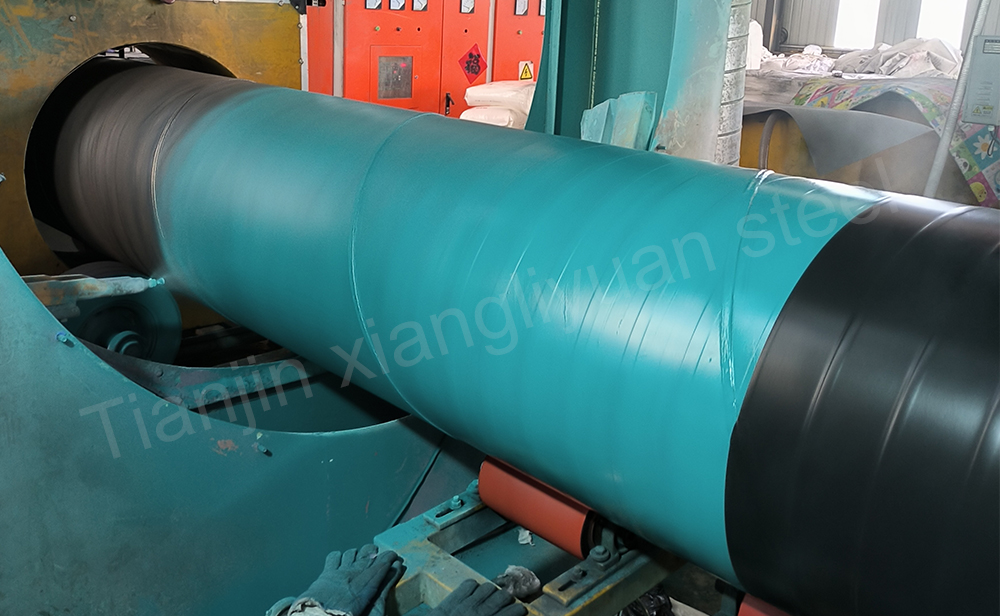20# steel is a high-quality low-carbon steel, cold extruded carburized hardened steel with low strength, good toughness, plasticity and weldability, tensile strength of 355~500Mpa, and elongation of 24%. 20# is used for metal structures and components working at -40℃ to +450℃. Hot-rolled and forged long products made of 20# steel meet DSTU 7809 and GOST 1050 standards.
The strength of 20# steel is slightly higher than that of 15# steel. It is rarely quenched, has no temper brittleness, and has high cold deformation plasticity. It is generally used for bending, rolling, flanging, hammering and other processing such as arc welding and resistance welding. It has good welding performance, small thickness during welding, and complex parts with strict appearance or shape requirements are prone to cracking under cutting processing. Cold drawing or normalizing annealing conditions are good. It is generally used to manufacture parts with low force and high toughness.
Heat treatment temperature of 20# steel:
1) Normalizing temperature 920-950℃, air cooling in the furnace. Hardness 131-156HBs.
2) The standard temperature for softening cold pressed billet is 700-720℃, the holding time is 8-15h, and the temperature is cooled down to ≤50-100℃/h at a cooling rate of 550-600℃ with the furnace, and then air-cooled out of the furnace.
Hardness before treatment ≤143HBs, hardness after softening ≤131HBs.
3) The standard quenching temperature is 910℃±10℃, cooled with 10% NaCl brine.
4) The measured yield strength FY=245MPa, elastic modulus E=206Gpa, Poisson’s ratio ν=0.3.
5) Shear strength 275-392Mpa, tensile strength 253-500Mpa, yield strength 275Mpa, elongation 25%.
6) The annealing temperature is only 600-650℃, and the holding time is 1-2h.
Under the same conditions, the carbon content of steel is proportional to the hardness. The higher the carbon content, the greater the hardness. The hardness of heat treatment is also related to the alloy content in the metal material. The same carbon content, different alloy content, different hardness after quenching. After the alloying elements form carbides, they form alloy cementite or special carbides that are more stable than cementite. Some of them strongly prevent the coarsening process of austenite and obtain finer grains. In this way, the hardness and strength after quenching are significantly improved, and the toughness and plasticity are increased.
The heat treatment process has a significant effect on the quenching hardness of carbon steel.
The strength, hardness, plasticity and toughness of ferrite itself are all low. However, it cannot be considered that the distribution of ferrite on the martensite matrix weakens the mechanical properties of the material. On the contrary, as long as the size, morphology and quantity of ferrite are properly distributed, the comprehensive mechanical properties of steel can be improved.
The 20 in 20# steel refers to a carbon content of 0.2%, which belongs to low carbon steel. Steel can be divided into low carbon steel, medium carbon steel and high carbon steel. Carbon content: Low carbon steel is generally less than 0.25%; Medium carbon steel is generally between 0.25% and 0.60%; High carbon steel is generally greater than 0.60%. This steel contains no other alloying elements (except residual elements) except carbon (c) and alloying elements containing a certain amount of silicon (SI) (generally not more than 0.40%) and manganese (MN) (generally not more than 0.80%)
Distinguishing between steel and iron: steel with a carbon content of less than 2.11% and iron with a carbon content of more than 2.11%; The higher the carbon content in steel, the worse the toughness. The higher the carbon content in iron, the better the toughness.
Application of 20# steel
Cold deformation has high plasticity and is generally used for bending and rolling. In order to obtain good deep drawing and rolling performance, the plate should be normalized or high temperature tempered; It is used for mechanical parts that are not subjected to much force but require high toughness, such as sleeves, screws, lever shafts, forks, gears, heavy machinery tie rods, shackles, etc. It can also be used for carburizing and cyaniding parts with high surface hardness and low core strength requirements.
The performance of 20# steel is similar to that of 15# steel, but the strength is slightly higher. Uses: It is suitable for manufacturing small and medium-sized carburized carbonitriding parts in the automobile, tractor and general machinery manufacturing industries, such as hand brake shoes, lever shafts, gearbox forks, transmission driven gears, camshafts on tractors, suspension balance shafts, balancer inner and outer bushings, etc.; In the hot rolling or normalizing state, it is used to manufacture various mechanical parts with low stress and high toughness; In heavy and medium-sized machinery manufacturing industries, such as forged or pressed tie rods, shackles, levers, sleeves, clamps, etc. In the steam turbine and boiler manufacturing industry, it is mainly used for pipes, flanges, headers and various fasteners. In non-corrosive media with a pressure of ≤6N/m, it is used to manufacture castings such as crossheads and pistons on railways and locomotives.
The characteristics of 25# steel are also similar to those of 20# steel, with slightly higher strength and a carbon content between low carbon and medium carbon. It has certain strength, good plasticity, toughness, weldability and cold stamping performance, good cutting processability, low hardenability and hardenability. Small-section parts can obtain better strength and toughness after quenching and medium-low temperature tempering, without temper brittleness. It is generally used after hot rolling or normalizing. Uses: Suitable for manufacturing welding structural parts and forging, hot stamping in general machinery manufacturing industry, and parts that do not bear high stress after forging, hot stamping and machining in machinery manufacturing industry, such as shafts, rollers, connectors and fasteners; in the boiler manufacturing industry, it is used to manufacture boiler parts with a pressure of <600N/mm2 and a temperature of <450℃.
Characteristics of 30# steel: Compared with low carbon steel, it has higher strength and hardness, better toughness and good weldability. This steel is mostly used in normalizing state and can also be quenched and tempered. Uses: Suitable for manufacturing parts with small cross-section, small stress and working temperature ≤150℃ by hot forging, hot pressing, cutting and adding, such as screws, tie rods, shaft keys, lifting rings, gears, sleeves, ETC; Good cutting performance, widely used in bolts and screws processed on automatic machine tools; Also suitable for the manufacture of cold heading parts and weldments; Can also be used for carburizing, carbonitriding and other parts.
The properties of 35# steel are similar to 30# steel. It has good plasticity and appropriate strength, good cutting processability, good weldability (when the carbon content is at the upper limit, the weldability is poor), high cold deformation plasticity, and can be pulled down and partially upset in the cold state. The plate can be cold pressed. The hardenability of the steel is low. The critical quenching diameter in water is generally 10-23mm. When the cross-sectional size is >50mm, the mechanical properties of quenching and tempering and normalizing are similar, so parts with larger cross-sectional sizes, such as crankshafts, rotating shafts, levers, connecting rods, beams, rims and bolts, are screws processed on automatic machine tools; fasteners with small cutting loads can also be manufactured without heat treatment, such as bolts and nuts in boilers with temperatures <450℃.
We also often mention Q235, so what is the difference between 20# steel and Q235 in mechanical properties?
1. The yield point of Q235 steel is 235Mpa, and the elongation is 21-26%; It is widely used to manufacture general mechanical parts with certain strength and elongation, such as pins, shafts, tie rods, connecting rods, rings, bolts, nuts, cylinders, gears, brackets, frames and welded parts.
2. The yield point of 20# steel in normalizing is 245MPa, and the elongation is >25%; The yield point in the quenched and tempered state is 280MPa, and the elongation is >22%. It is widely used to manufacture parts with small load and high toughness requirements, such as forged tie rods, sleeves, clamps and gaskets in heavy and general machinery, as well as medium and small carburized and cyanided parts in general machinery, automobiles and tractors.
20# steel is high-quality carbon structural steel, and Q235 is carbon structural steel. The price of 20# steel is higher than Q235.Depending on the use, when the load is small and the requirements are not high, the two steels can be used interchangeably.

